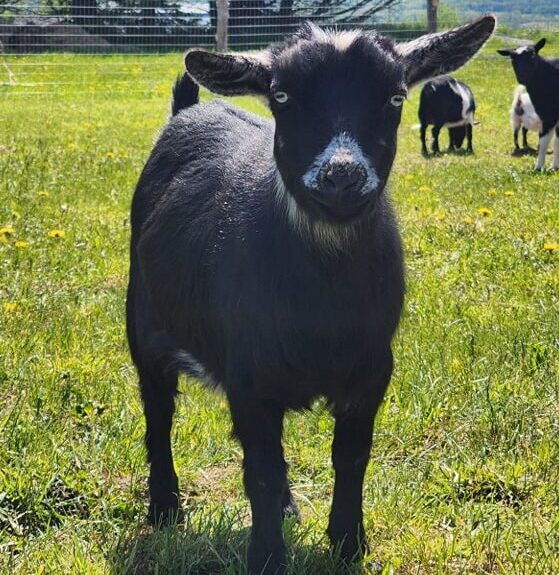Goat cheese, with its distinctive tangy flavor and creamy texture, is a gourmet delight that has captivated the taste buds of cheese aficionados worldwide. If you’re fortunate enough to have access to fresh goat milk from your homestead or local market, making your own goat cheese is a rewarding venture. This beginner’s guide will walk you through the simple yet magical process of transforming goat milk into delicious homemade cheese.

Understanding Goat Cheese
Goat cheese, also known as chèvre in France, where some of the most renowned goat cheeses are made, varies widely in texture and flavor. It can range from soft and spreadable fresh cheeses to firm, aged varieties. For beginners, starting with a simple soft cheese is the best way to dive into the art of cheese-making.

What You’ll Need
- Fresh Goat Milk: The fresher, the better. Raw milk is ideal, but pasteurized milk will also work. Avoid ultra-pasteurized milk as it does not curdle well.
- Cheese Culture: This can be a specific mesophilic cheese culture or a more accessible alternative like buttermilk or a cheese starter culture available online or at a specialty store.
- Rennet: An enzyme that coagulates milk. It’s available in liquid or tablet form. Vegetarian rennet is a great alternative for those avoiding animal products.
- Cheese Salt: This non-iodized salt adds flavor and helps preserve the cheese.
- Equipment: A large pot, thermometer, cheesecloth, colander, and slotted spoon.
Step-by-Step Guide to Making Soft Goat Cheese
Warm the Milk: Gently warm your goat milk in a large pot to 86°F (30°C). Use a thermometer to ensure accuracy. Avoid overheating to preserve the milk’s flavor and texture.
Add Culture and Rennet: Once the milk reaches the right temperature, stir in the cheese culture. Then, dilute the rennet in a small amount of cool, unchlorinated water and add it to the milk. Stir gently for a minute to ensure even distribution.
Let the Milk Set: Cover the pot and let it sit undisturbed at room temperature for 24 hours. The milk will coagulate during this time, forming a curd.
Cut the Curd: With a long knife, cut the curd into even cubes to help release the whey. Let it rest for 10 minutes.
Drain the Curd: Line a colander with cheesecloth and gently pour in the curds and whey. Allow the whey to drain for several hours or until the cheese reaches your desired consistency.
Season and Enjoy: Once drained, transfer your cheese to a bowl and add cheese salt to taste. At this point, you can also mix in herbs, spices, or edible flowers to customize your cheese.

Tips for Success
- Temperature Control: Maintaining the correct temperature is crucial for successful cheese-making. Use a reliable thermometer and heat the milk gently.
- Cleanliness: Ensure all equipment is thoroughly sterilized before use to avoid contamination.
- Patience: Cheese-making is as much an art as it is a science. Be patient and give your cheese the time it needs to develop.
If you’re interested in milk production, you’ll need to breed your does. Nigerian Dwarf Goats are known for their high fertility rates and can be bred year-round. It’s important to plan breeding carefully and ensure you have the resources to care for additional goats.
Milking requires consistency, typically once or twice a day, depending on your needs and the doe’s milk production. Proper milking practices and hygiene are essential for the health of your goats and the quality of the milk.
Raising Nigerian Dwarf Goats is a rewarding endeavor that brings joy and fulfillment. These goats are not just livestock; they’re intelligent, social creatures that can form deep bonds with their human caretakers. Watching your herd graze, play, and interact is a delightful experience that enriches life on the homestead.
Embarking on the journey of raising Nigerian Dwarf Goats is an exciting decision that comes with its share of responsibilities and rewards. With proper care, management, and lots of love, your goats will thrive, providing you with milk, companionship, and endless entertainment. Welcome to the wonderful world of Nigerian Dwarf Goats, and enjoy every moment of your homesteading adventure!
Remember, every goat is unique, and as you gain experience, you’ll learn the quirks and needs of your herd. Stay curious, seek advice from experienced goat keepers, and don’t hesitate to reach out to veterinary professionals when needed. Happy goat keeping!
